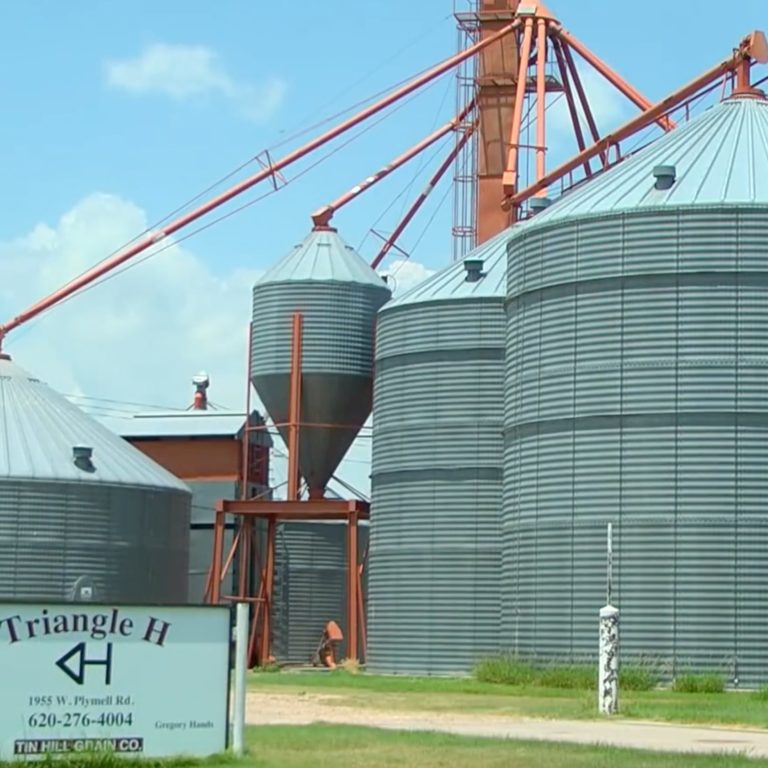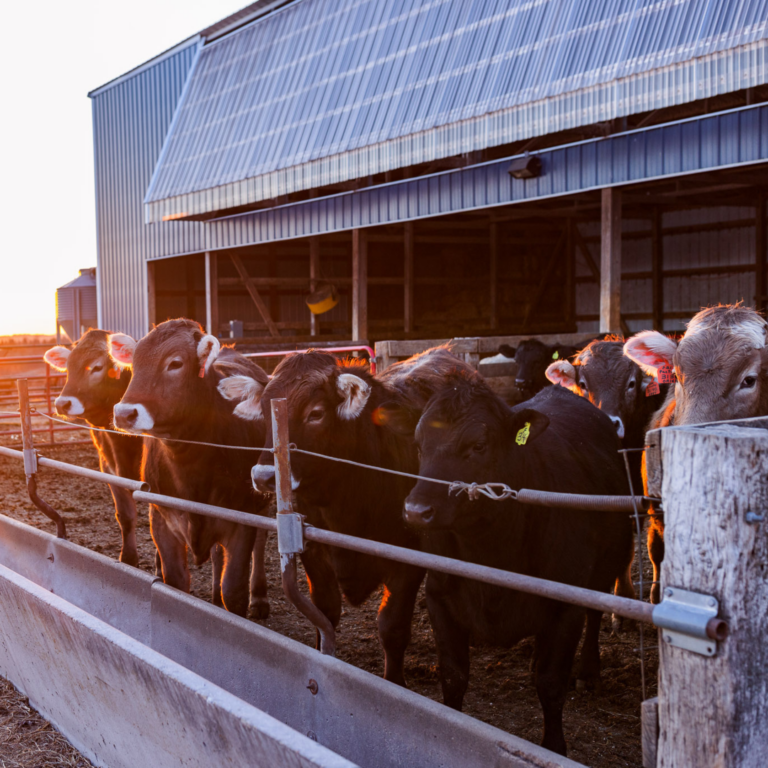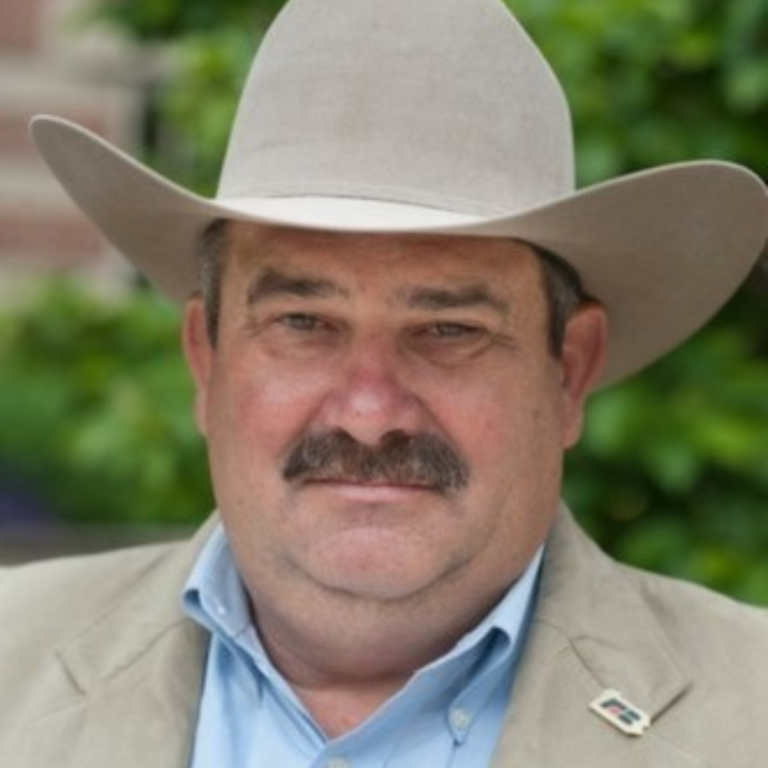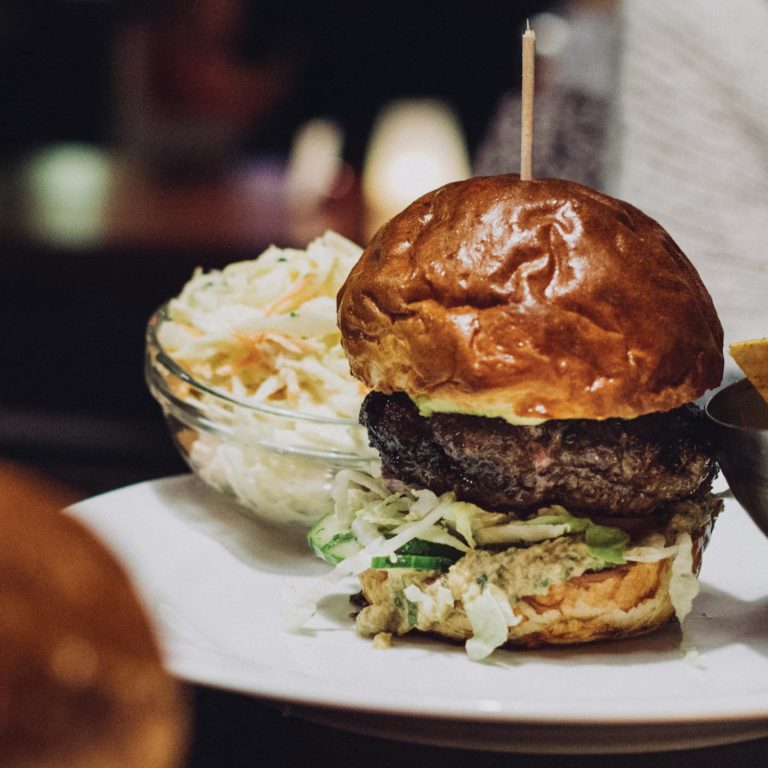Pass It On! Checkoff Drives Value of Beef
The beef industry Long Range Plan (LRP) is developed every three to five years and lays out aggressive goals to strengthen the beef industry. As part of this initiative, the Beef Checkoff interviewed cattlemen and women across the country to hear the checkoff is helping them for long-term success on their operations.
Dalebanks Angus, Kansas
At Dalebanks Angus near Eureka, Kansas, the Perriers say Beef Checkoff programs have helped them drive more value to their beef. By investing dollars toward research and innovation, the checkoff has helped cattle producers increase their return on investments.

The checkoff-funded Beef Quality Assurance program educates producers on proper management techniques to help increase beef quality within every segment of the beef industry.
“The Beef Quality Assurance program showed us just how much money we could capture by simply doing things like moving the injection sites from the hip and the rump up to the neck where we had less high-valued cuts. That drove millions of dollars into our industry,” says Matt Perrier.
Investing dollars toward product development is another way the Beef Checkoff has utilized dollars to increase the value of beef.
“Things like the flat iron steak and things that used to get ground up into hamburger and other low valued cuts, today are sold for a premium,” says Perrier.
How does the Beef Checkoff Help?
The Beef Checkoff plays an important role growing and maintaining beef demand, thus opening new opportunities for cattle producers to sustain their businesses for generations to come. That includes keeping close tabs on what consumers want in terms of end products, as well as sharing information regarding safe and sustainable beef production carried out by cattle producers – ensuring that’s what they find at the meat case when they go to purchase food for their families.
It’s no small task, but checkoff investments are part of the reason that beef demand has remained strong throughout the extremely tight supplies of recent years. In fact, a study by Dr. Harry Kaiser at Cornell University demonstrates that every checkoff dollar invested has a return on investment of $11.20. That means that every dollar invested by cattle producers returns $11.20 more to an operation than would have received without the checkoff in place.
The Beef Checkoff program was established as part of the 1985 Farm Bill. The checkoff assesses $1 per head on the sale of live domestic and imported cattle, in addition to a comparable assessment on imported beef and beef products. States may retain up to 50 cents on the dollar and forward the other 50 cents per head to the Cattlemen’s Beef Promotion and Research Board, which administers the national checkoff program, subject to USDA approval.














































































